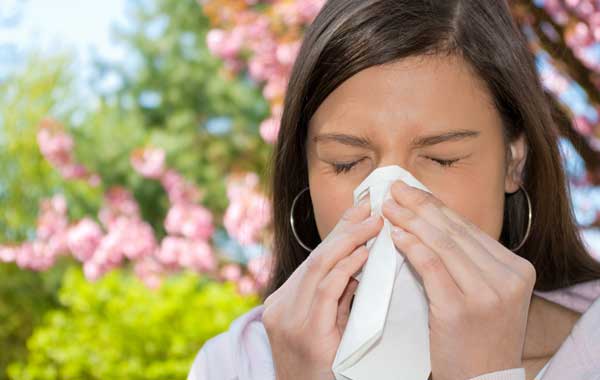Flu Cases Rose During 2012 Summer

While this past year's flu season was relatively mild overall, there were more flu cases this summer than usual, according to a new report from the Centers for Disease Control and Prevention.
Between May and September, nearly 3,000 cases of the flu were confirmed. In contrast, during the previous six years, the average number of confirmed cases in the summer was 375, excluding the summer of 2009, when there was a flu pandemic, the report said.
The main reason for the higher activity this summer is the late start to the flu season this year, said study researcher Scott Epperson, of the CDC's Epidemiology and Prevention Branch. Because flu season started later, it also peaked later, meaning increased levels of the virus were circulating in May and June, Epperson said. In addition, health officials began more intensive surveillance for flu in July after reports surfaced of a new strain of swine flu in the Midwest, Epperson said.
However, flu activity this summer was still lower than during the 2011-2012 winter, and lower than they were at the peak of flu season. Doctor's visits for flu-like illness also remained low, as did deaths.
About 300 people (mostly children) were infected with the new strain of swine flu. Most patients lived in Indiana or Ohio, and had direct contact with pigs. For the most part, this flu virus does not appear spread easily between people, but a few cases of person-to-person transmission were suspected, the CDC said.
Because this strain of flu could develop the ability to easily spread between people, a quick and intensive investigation of every case is needed, the CDC said.
Of the flu strains detected this summer, most appear to match the strains included in the latest version of the flu vaccine, which became available this fall.
Sign up for the Live Science daily newsletter now
Get the world’s most fascinating discoveries delivered straight to your inbox.
The best way to prevent the flu is to get a flu shot. Flu vaccination is recommended for everyone ages 6 months and older.
Pass it on: Flu activity from May to September this year was higher than is typical for the summer months.
This story was provided by MyHealthNewsDaily, a sister site to LiveScience. Follow MyHealthNewsDaily on Twitter @MyHealth_MHND. We're also on Facebook & Google+.

Rachael is a Live Science contributor, and was a former channel editor and senior writer for Live Science between 2010 and 2022. She has a master's degree in journalism from New York University's Science, Health and Environmental Reporting Program. She also holds a B.S. in molecular biology and an M.S. in biology from the University of California, San Diego. Her work has appeared in Scienceline, The Washington Post and Scientific American.









